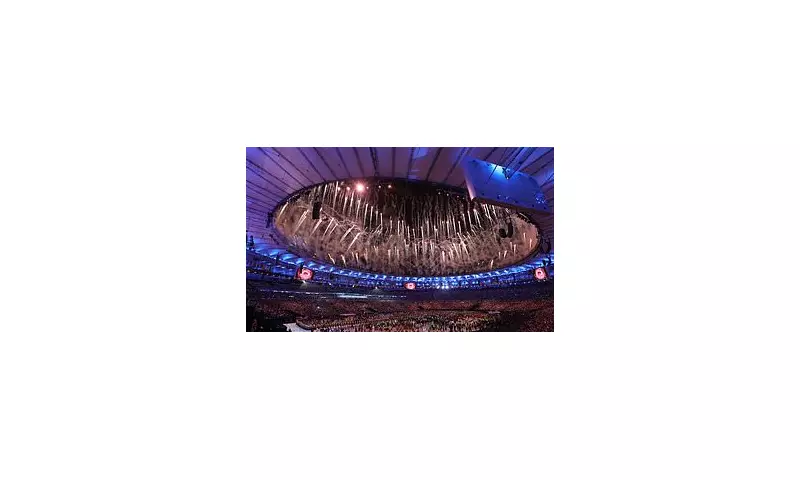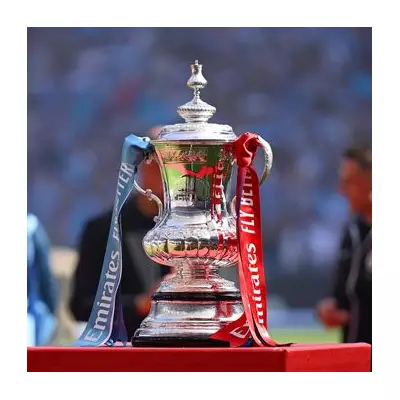
One of English football's most historic venues, a stadium that witnessed some of the sport's most memorable World Cup moments, has been placed on the market following severe financial difficulties.
A Ground Steeped in Football History
The iconic venue, which cannot be named due to ongoing commercial sensitivities, has hosted numerous international fixtures and World Cup matches that have become part of football folklore. Generations of fans have passed through its turnstiles, creating memories that span decades of sporting excellence.
Financial Pressures Force Sale
Current owners have confirmed the difficult decision to sell the stadium comes after mounting financial challenges made continuing operations unsustainable. The economic climate has particularly impacted historic sporting venues with significant maintenance costs and modernisation requirements.
Industry insiders suggest the sale represents a worrying trend for traditional football grounds struggling to compete with newer, more commercially viable stadiums.
What Does the Future Hold?
Potential buyers could include property developers, other sporting organisations, or conservation groups interested in preserving the venue's heritage. However, concerns remain about whether the stadium will retain its sporting purpose or be repurposed entirely.
Football historians and preservation societies are closely monitoring the situation, hoping to ensure this important piece of sporting heritage is protected for future generations.
The Broader Impact on Football Heritage
This development raises important questions about how Britain preserves its sporting landmarks. As financial pressures increase across the football industry, other historic grounds may face similar challenges in the coming years.
The sale process is expected to attract significant interest from various sectors, though the final outcome remains uncertain for this beloved football institution.





